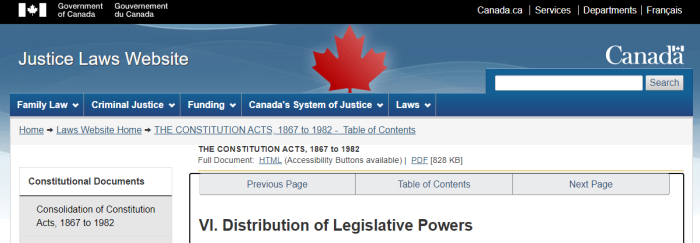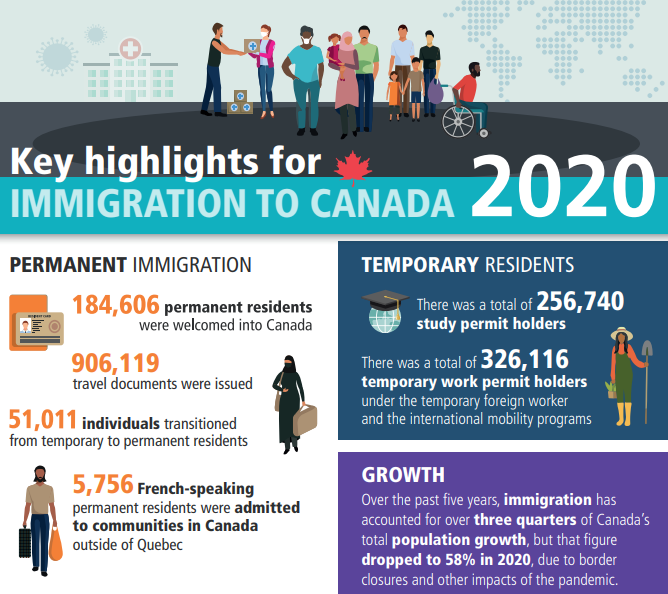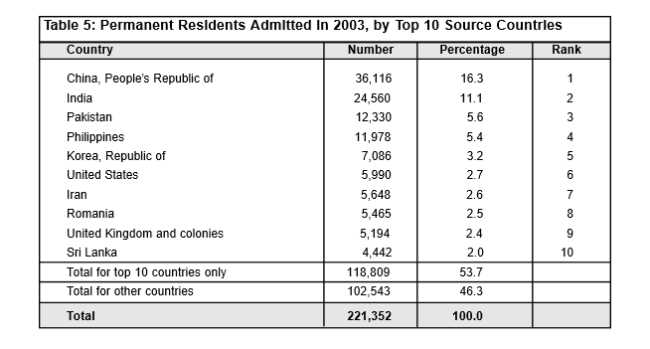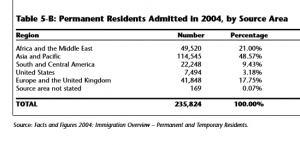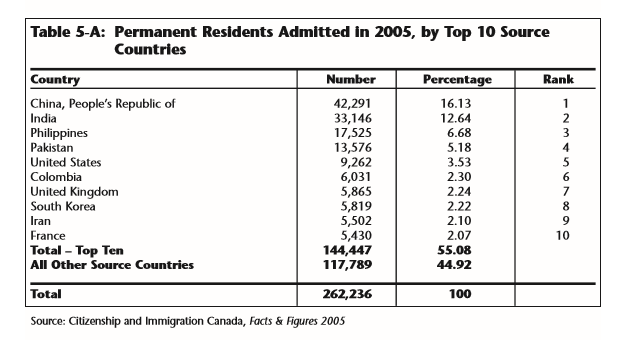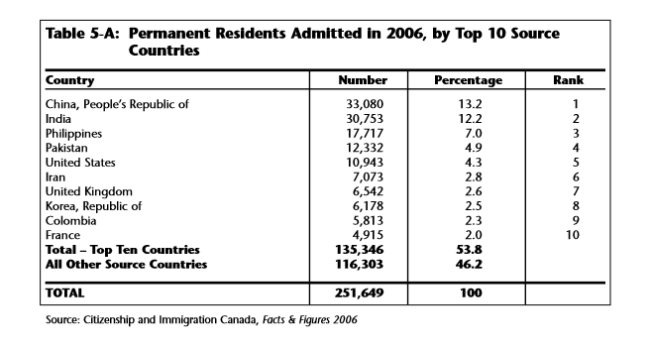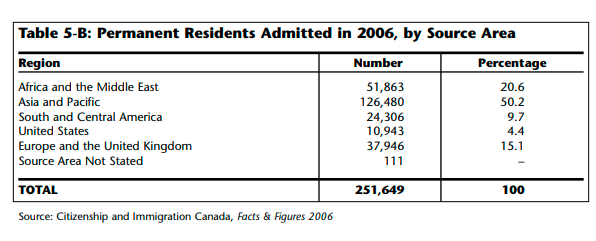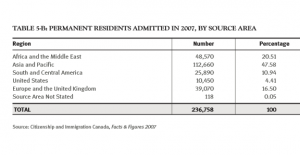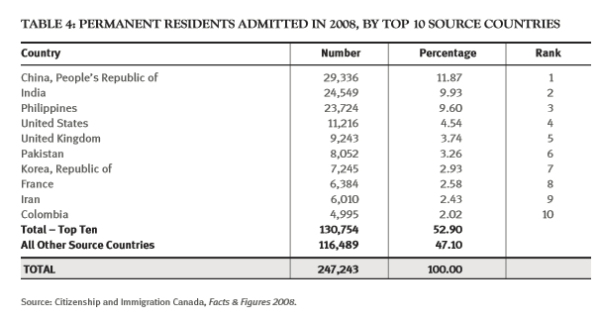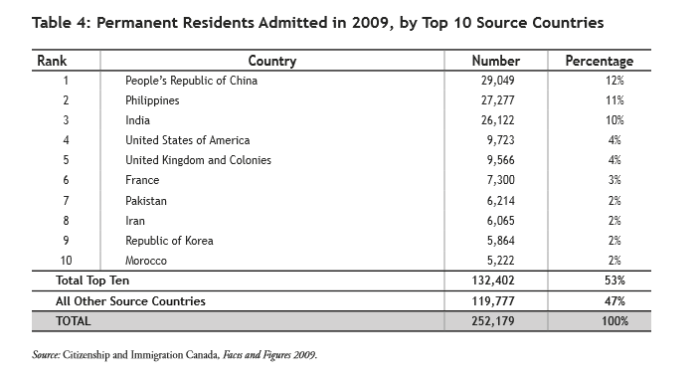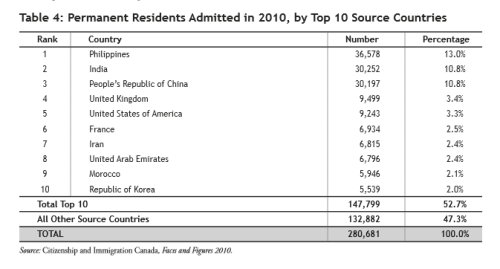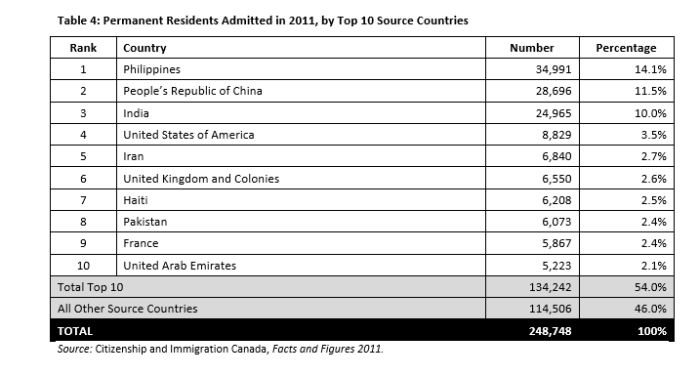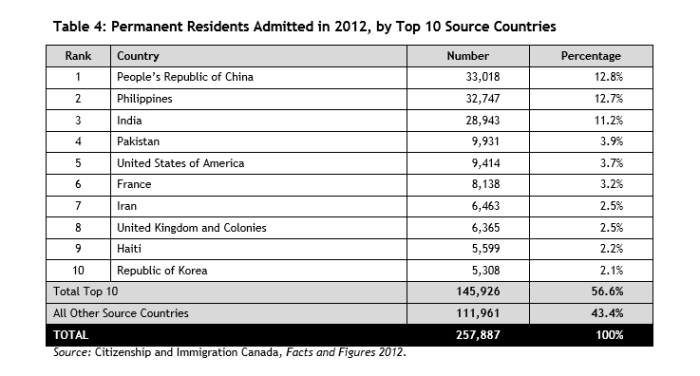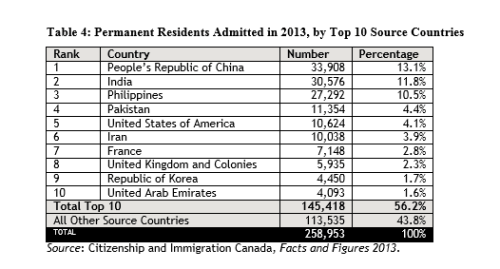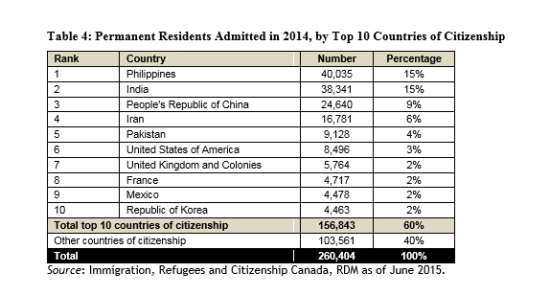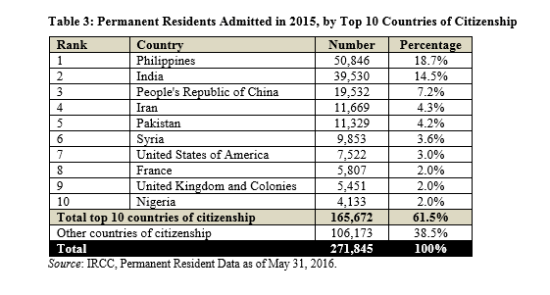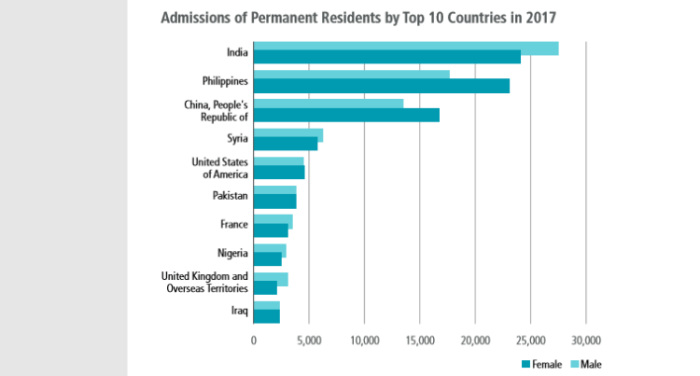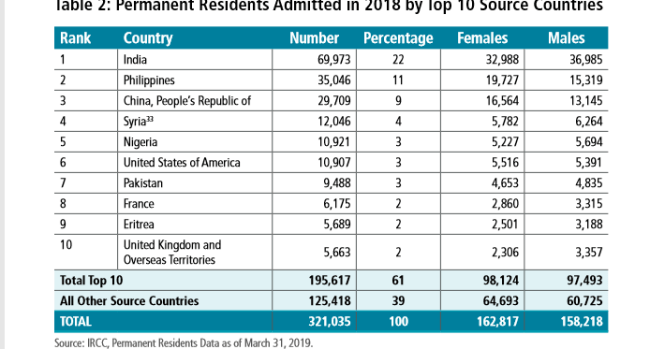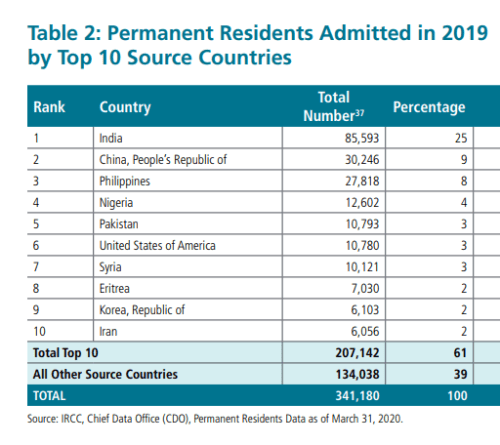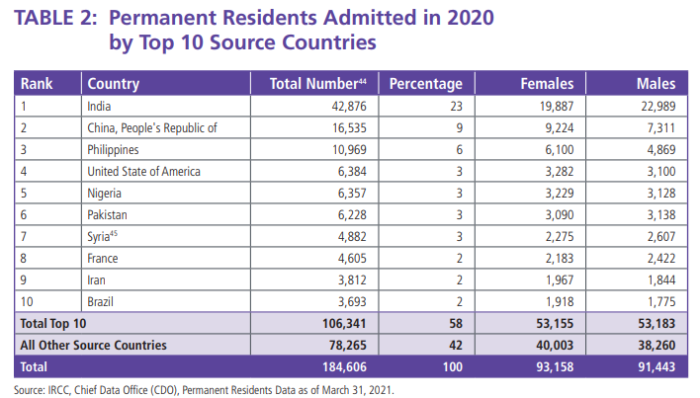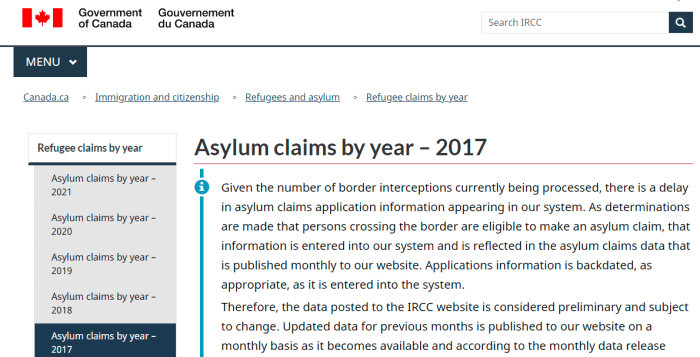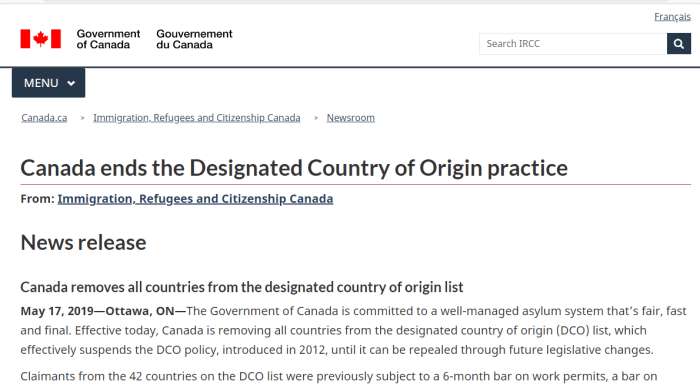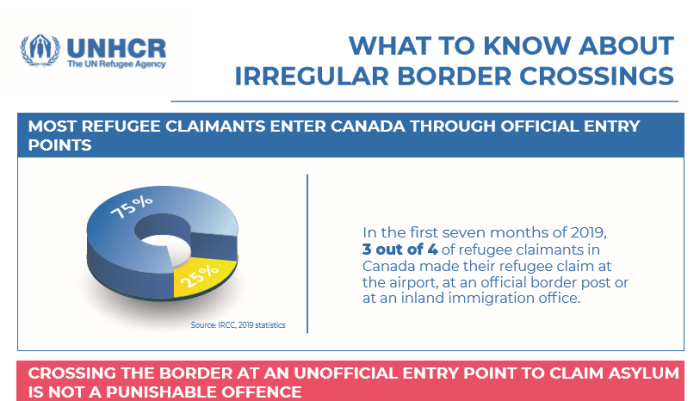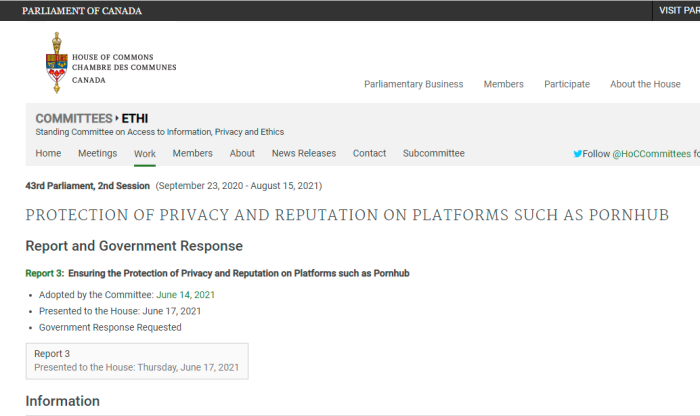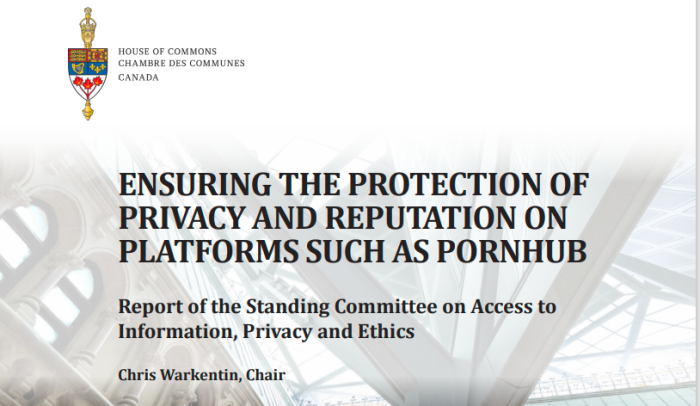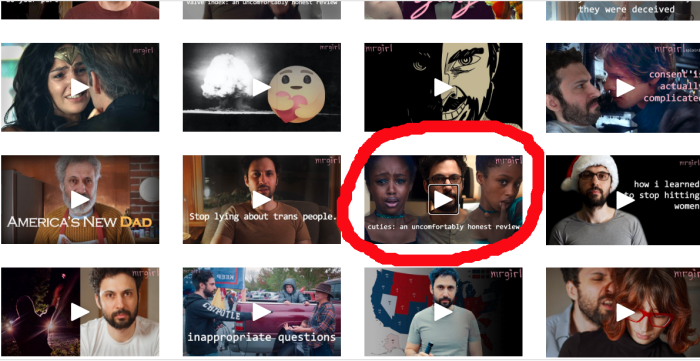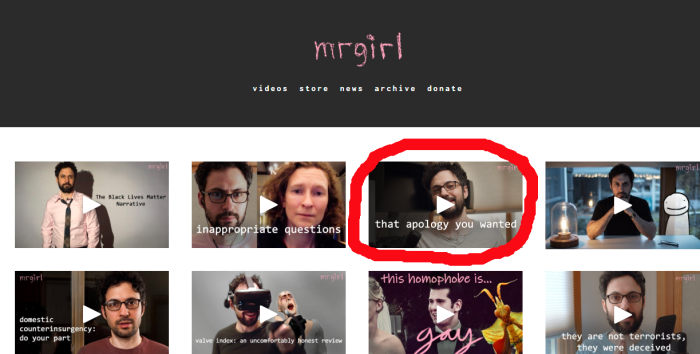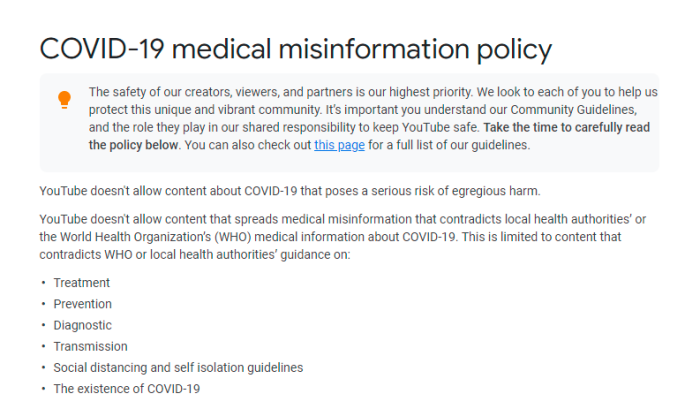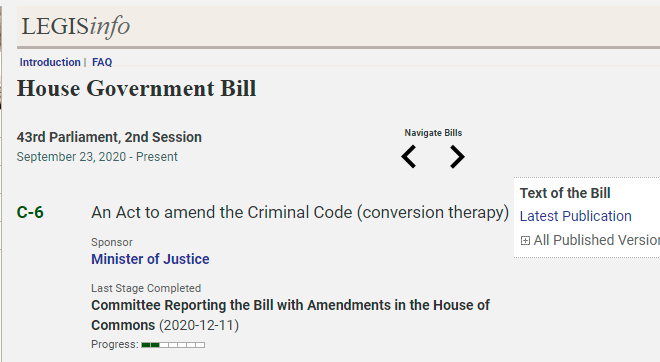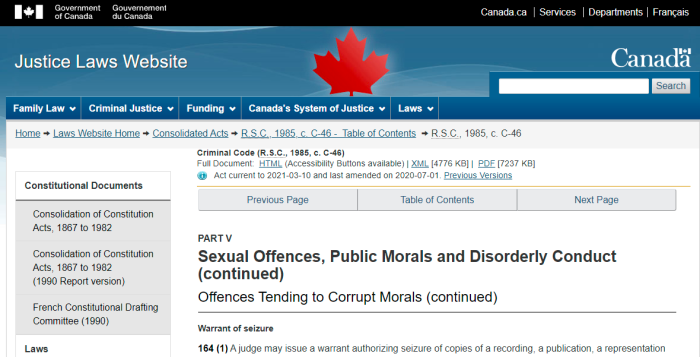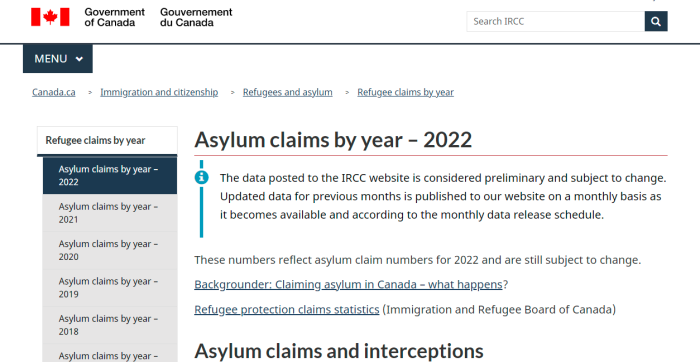
Things are picking up again, particularly in Quebec.
| YEAR: 2022 | |||||
|---|---|---|---|---|---|
| MONTH | QUEBEC | MANITOBA | B.C. | OTHERS | TOTAL |
| January | 2,367 | 0 | 16 | 0 | 2,383 |
| February | 2,154 | 1 | 9 | 0 | 2,164 |
| March | 2,492 | 2 | 8 | 0 | 2,502 |
| TOTALS | 7,013 | 3 | 33 | 0 | 7,049 |
It appears that illegals coming into Canada is back in full swing, not that it ever stopped. Over 7,000 people were intercepted by the RCMP in the first 3 months of 2022. Of course, this is just what’s on the books, and just what’s publicly available.
The police didn’t seem to have any issues with shutting down businesses, stopping peaceful protests, enforcing mask orders, and the like. However, enforcing borders is something they lack the willpower to do. But they do make good bellhops.
Of course, this problem has been going on for a very long time. Here are some earlier years, to show the trends. There was a significant drop (although not a complete stop) during this “pandemic” psy-op. Perhaps Government at least needs to put on appearances.
Let’s not pretend that this is an unsolvable problem. Governments could put a stop to mass illegal entries very quickly, if that was their goal. But they don’t, regardless of what party is in power.
| PROVINCE/TERRITORY | 2011 | 2012 | 2013 | 2014 | 2015 | 2016 |
|---|---|---|---|---|---|---|
| Newfoundland | 0 | 0 | 0 | 0 | 0 | 0 |
| Prince Edward Island | 0 | 0 | 0 | 0 | 0 | 0 |
| Nova Scotia | 0 | 0 | 0 | 0 | 0 | 0 |
| New Brunswick | 10 | 5 | 5 | ? | ? | 25 |
| Quebec | 1,335 | 1,295 | 785 | 875 | 1,035 | 2,595 |
| Ontario | 2,660 | 2,340 | 1,995 | 2,630 | 2,790 | 3,7935 |
| Manitoba | 20 | 15 | 25 | 10 | 225 | 505 |
| Saskatchewan | ? | ? | ? | ? | ? | 30 |
| Alberta | 35 | 40 | 35 | 65 | 70 | 120 |
| British Columbia | 125 | 85 | 110 | 130 | 170 | 220 |
| Yukon | 0 | 0 | 0 | 0 | 0 | 5 |
| Northwest Territories | 0 | 0 | 0 | 0 | 0 | 0 |
| Nunavut | 0 | 0 | 0 | 0 | 0 | 0 |
| TOTALS | 4,185 | 3,770 | 2,955 | 3,715 | 4,290 | 7,365 |
Illegals were still coming into Canada via land border crossings during the Harper years. However, it’s only considered an issue when Trudeau is in power.
| YEAR: 2017 | |||||
|---|---|---|---|---|---|
| MONTH | QUEBEC | MANITOBA | B.C. | OTHERS | TOTAL |
| January | 245 | 19 | 46 | 5 | 315 |
| February | 452 | 142 | 84 | 0 | 678 |
| March | 654 | 170 | 71 | 2 | 897 |
| April | 672 | 146 | 32 | 9 | 859 |
| May | 576 | 106 | 60 | 0 | 742 |
| June | 781 | 63 | 39 | 1 | 884 |
| July | 2,996 | 87 | 51 | 0 | 3,314 |
| August | 5,530 | 80 | 102 | 0 | 5,712 |
| September | 1,720 | 78 | 79 | 4 | 1,881 |
| October | 1,755 | 67 | 68 | 8 | 1,890 |
| November | 1,539 | 38 | 46 | 0 | 1,623 |
| December | 1,916 | 22 | 40 | 0 | 1,978 |
| TOTAL | 18,836 | 1,018 | 718 | 22 | 20,593 |
| YEAR: 2018 | |||||
|---|---|---|---|---|---|
| MONTH | QUEBEC | MANITOBA | B.C. | OTHERS | TOTAL |
| January | 1,458 | 18 | 41 | 0 | 1,517 |
| February | 1,486 | 31 | 48 | 0 | 1,565 |
| March | 1,884 | 53 | 33 | 0 | 1,970 |
| April | 2,479 | 50 | 31 | 0 | 2,560 |
| May | 1,775 | 36 | 53 | 0 | 1,869 |
| June | 1,179 | 31 | 53 | 0 | 1,263 |
| July | 1,552 | 51 | 31 | 0 | 1,634 |
| August | 1,666 | 39 | 39 | 3 | 1,747 |
| September | 1,485 | 44 | 68 | 4 | 1,601 |
| October | 1,334 | 23 | 37 | 0 | 1,394 |
| November | 978 | 23 | 18 | 0 | 1,019 |
| December | 1,242 | 11 | 27 | 0 | 1,280 |
| TOTAL | 18,518 | 410 | 479 | 7 | 19,419 |
| YEAR: 2019 | |||||
|---|---|---|---|---|---|
| MONTH | QUEBEC | MANITOBA | B.C. | OTHERS | TOTAL |
| January | 871 | 1 | 16 | 1 | 888 |
| February | 800 | 1 | 6 | 2 | 808 |
| March | 967 | 13 | 22 | 0 | 1,002 |
| April | 1,206 | 15 | 25 | 0 | 1,246 |
| May | 1,149 | 27 | 20 | 0 | 1,196 |
| June | 1,536 | 26 | 5 | 0 | 1,567 |
| July | 1,835 | 23 | 15 | 1 | 1,874 |
| August | 1,712 | 26 | 22 | 2 | 1,762 |
| September | 1,706 | 19 | 17 | 0 | 1,737 |
| October | 1,595 | 18 | 8 | 1 | 1,622 |
| November | 1,118 | 9 | 21 | 0 | 1,148 |
| December | 1,646 | 2 | 5 | 2 | 1,653 |
| TOTAL | 16,136 | 180 | 182 | 9 | 16,503 |
| YEAR: 2020 | |||||
|---|---|---|---|---|---|
| MONTH | QUEBEC | MANITOBA | B.C. | OTHERS | TOTAL |
| January | 1,086 | 7 | 7 | 0 | 1,100 |
| February | 976 | 2 | 2 | 0 | 980 |
| March | 930 | 7 | 18 | 0 | 955 |
| April | 1 | 0 | 5 | 0 | 6 |
| May | 17 | 0 | 4 | 0 | 21 |
| June | 28 | 1 | 3 | 1 | 33 |
| July | 29 | 2 | 17 | 0 | 48 |
| August | 15 | 3 | 0 | 0 | 18 |
| September | 30 | 4 | 7 | 0 | 41 |
| October | 27 | 0 | 4 | 0 | 31 |
| November | 24 | 0 | 8 | 0 | 32 |
| December | 26 | 2 | 8 | 0 | 36 |
| TOTAL | 3,189 | 28 | 84 | 1 | 3,302 |
| YEAR: 2021 | |||||
|---|---|---|---|---|---|
| MONTH | QUEBEC | MANITOBA | B.C. | OTHERS | TOTAL |
| January | 28 | 1 | 10 | 0 | 39 |
| February | 39 | 0 | 1 | 0 | 40 |
| March | 29 | 5 | 2 | 0 | 36 |
| April | 29 | 2 | 2 | 0 | 33 |
| May | 12 | 3 | 13 | 0 | 28 |
| June | 11 | 0 | 6 | 0 | 17 |
| July | 28 | 5 | 6 | 0 | 39 |
| August | 63 | 2 | 11 | 0 | 76 |
| September | 150 | 0 | 19 | 0 | 169 |
| October | 96 | 0 | 17 | 0 | 113 |
| November | 832 | 1 | 12 | 0 | 845 |
| December | 2,778 | 0 | 33 | 0 | 2,811 |
| TOTAL | 4,095 | 19 | 132 | 0 | 4,246 |
One can only imagine how bad the rest of 2022 will end up being with this issue. Of course, the vast scale of LEGAL immigration is a much, MUCH bigger problem than the illegal entries. That said, it’s not an issue that can be ignored.
There are of course some other points to bring up to give additional context to the subject of illegal border crossings.

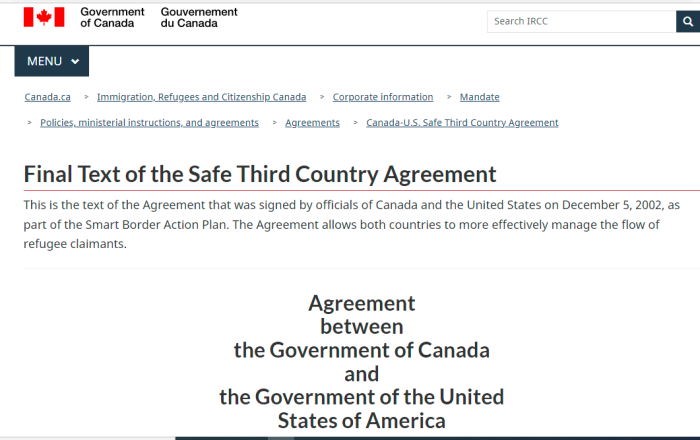
Something not really reported on in 2019 was the fact that the Canadian Government scrapped the DCO, or Designated Country of Origin policy. This stopped people from 42 countries (mainly in Europe) from being able to abuse the refugee system with bogus claims.
The Parties agree to review this Agreement and its implementation. The first review shall take place not later than 12 months from the date of entry into force and shall be jointly conducted by representatives of each Party. The Parties shall invite the UNHCR to participate in this review. The Parties shall cooperate with UNHCR in the monitoring of this Agreement and seek input from non-governmental organizations.
As for the Safe 3rd Country Agreement, people are still allowed to enter, and it’s still being gamed by human smugglers and traffickers.
Section 8 of the text makes it clear that the UNHCR, or United Nations High Commission on Refugees, is a Party to this Treaty. Interestingly, this detail is never reported by the mainstream press.
In addition to the people who ILLEGALLY enter Canada, our “authorities” LEGALLY let in thousands of people each year who had initially been denied for a variety of reasons. IRPA, the Immigration and Refugee Protection Act, has at least 2 provisions to allow inadmissible people in anyway. These are sections 24(1) and 25.1(2).
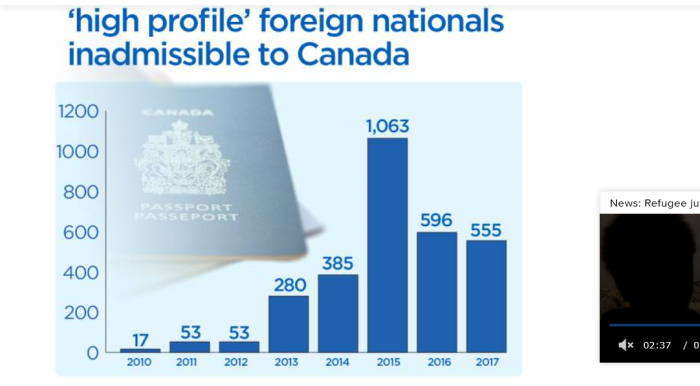
Even if previously deemed inadmissible to Canada to be given Temporary Resident Permits anyway. Here are the totals from the Annual Reports to Parliament on Immigration. Note: the first one listed only started in 2010.
Those allowed in under Rule 25.1(2) of IRPA
| YEAR | TRP Issued | Cumulative |
|---|---|---|
| 2010 | 17 | 17 |
| 2011 | 53 | 70 |
| 2012 | 53 | 123 |
| 2013 | 280 | 403 |
| 2014 | 385 | 788 |
| 2015 | 1,063 | 1,851 |
| 2016 | 596 | 2,447 |
| 2017 | 555 | 3002 |
| 2018 | 669 | 3,671 |
| 2019 | 527 | 4,198 |
| 2020 | 115 | 4,313 |
From 2010 to 2020, a total of 4,313 people who were otherwise inadmissible to Canada were allowed in anyway under Rule 25.1(2) of IRPA. This is the category that Global News previously reported on. As for the other one, under Rule 24(1) of IRPA, Global News leaves that out:
| Year | Permits | Cumulative |
|---|---|---|
| 2002 | 12,630 | 12,630 |
| 2003 | 12,069 | 24,699 |
| 2004 | 13,598 | 38,297 |
| 2005 | 13,970 | 52,267 |
| 2006 | 13,412 | 65,679 |
| 2007 | 13,244 | 78,923 |
| 2008 | 12,821 | 91,744 |
| 2009 | 15,640 | 107,384 |
| 2010 | 12,452 | 119,836 |
| 2011 | 11,526 | 131,362 |
| 2012 | 13,564 | 144,926 |
| 2013 | 13,115 | 158,041 |
| 2014 | 10,624 | 168,665 |
| 2015 | 10,333 | 178,998 |
| 2016 | 10,568 | 189,566 |
| 2017 | 9,221 | 198,787 |
| 2018 | 7,132 | 205,919 |
| 2019 | 6,080 | 211,999 |
| 2020 | 2,044 | 214,043 |
From 2002 to 2020 (inclusive), a total of 214,043 people previously deemed inadmissible to Canada were given Temporary Resident Permits anyway. This has almost certainly been going on for a lot longer, but is as far back as the reports go. Now let’s consider the reasons these people are initially refused entry.
SEC = Security (espionage, subversion, terrorism)
HRV = Human or International Rights Violations
CRIM = Criminal
S.CRIM = Serious Criminal
NC = Non Compliance
MR = Misrepresentation
| YEAR | Total | SEC | HRV | Crim | S.Crim | NC | MR |
|---|---|---|---|---|---|---|---|
| 2002 | 12,630 | ? | ? | ? | ? | ? | ? |
| 2003 | 12,069 | 17 | 25 | 5,530 | 869 | 4,855 | 39 |
| 2004 | 13,598 | 12 | 12 | 7,096 | 953 | 4,981 | 20 |
| 2005 | 13,970 | 27 | 15 | 7,917 | 981 | 4,635 | 21 |
| 2006 | 13,412 | 29 | 20 | 7,421 | 982 | 4,387 | 18 |
| 2007 | 13,244 | 25 | 8 | 7,539 | 977 | 4,109 | 14 |
| 2008 | 12,821 | 73 | 18 | 7,108 | 898 | 4,170 | 17 |
| 2009 | 15,640 | 32 | 23 | 6,619 | 880 | 7,512 | 10 |
| 2010 | 12,452 | 86 | 24 | 6,451 | 907 | 4,423 | 36 |
| 2011 | 11,526 | 37 | 14 | 6,227 | 899 | 3,932 | 11 |
| 2012 | 13,564 | 20 | 15 | 7,014 | 888 | 5,206 | 18 |
| 2013 | 13,115 | 17 | 10 | 6,816 | 843 | 5,135 | 8 |
| 2014 | 10,624 | 12 | 2 | 5,807 | 716 | 3,895 | 14 |
| 2015 | 10,333 | 3 | 3 | 5,305 | 578 | 4,315 | 28 |
| 2016 | 10,568 | 8 | 4 | 4,509 | 534 | 2,788 | 20 |
| 2017 | 9,221 | 10 | 5 | 5,035 | 591 | 3,412 | 121 |
| 2018 | 7,132 | 5 | 3 | 4,132 | 559 | 2,299 | 131 |
| 2019 | 6,080 | 2 | 0 | 3,202 | 546 | 2,139 | 175 |
| 2020 | 2,044 | 2 | 1 | 666 | 131 | 1,000 | 37 |
In 2020, only 2,044 people barred were allowed in under Rule 24(1) of IRPA, which is the lowest it’s been since this legislation was enacted. Nonetheless, ZERO of these people should be coming in.
Interestingly, even though the Government has wide discretion to let people into the country under 24(1) and 25.1(2) of IRPA, it chose not to use its discretion to prohibit anyone from entering.
The data for these tables was compiled from the Annual Immigration Reports to Parliament. They are included at the bottom as source material.
Even if people are excluded from Canada — for a variety of valid reasons — often they will still be given temporary entrance into Canada. Will they ever leave? Who knows?
Not only are people let in who shouldn’t be, but sanctuary cities like Toronto and Montreal provide social services (at taxpayer expense) to people here illegally. Do right wingers oppose this? Nope, many of them have facilitated this problem.
Of course, none of this addresses the elephant in the room: the genocidal levels of replacement migration that come in through various legal channels on visas.
It’s strange that so many who identify as conservatives or nationalists are silent on what’s going on. Worse, these gatekeepers condemn and mock people who speak up on these important issues. To all those constitutionalists out there: how will you maintain your systems of law when you are eventually outvoted by people who want very different things?
(1) https://www.cbc.ca/news/canada/montreal/roxham-road-reopen-1.6257868
(2) https://www.canada.ca/en/immigration-refugees-citizenship/services/refugees/asylum-claims/processed-claims.html
(3) https://www.canada.ca/en/immigration-refugees-citizenship/services/refugees/asylum-claims/asylum-claims-2017.html
(4) https://www.canada.ca/en/immigration-refugees-citizenship/services/refugees/asylum-claims/asylum-claims-2018.html
(5) https://www.canada.ca/en/immigration-refugees-citizenship/services/refugees/asylum-claims/asylum-claims-2019.html
(6) https://www.canada.ca/en/immigration-refugees-citizenship/services/refugees/asylum-claims/asylum-claims-2020.html
(7) https://www.canada.ca/en/immigration-refugees-citizenship/services/refugees/asylum-claims/asylum-claims-2021.html
(8) https://www.canada.ca/en/immigration-refugees-citizenship/services/refugees/asylum-claims/asylum-claims-2022.html
(9) https://www.canada.ca/en/immigration-refugees-citizenship/news/2019/05/canada-ends-the-designated-country-of-origin-practice.html
(10) https://www.canada.ca/en/immigration-refugees-citizenship/corporate/mandate/policies-operational-instructions-agreements/agreements/safe-third-country-agreement/final-text.html
(11) https://canucklaw.ca/tsce-10c-bit-of-history-doug-rob-ford-voted-in-2013-for-sanctuary-toronto-amnesty-for-illegals/
ANNUAL IMMIGRATION REPORTS TO PARLIAMENT
2004.annual.immigration.report.to.parliament
2005.annual.immigration.report.to.parliament
2006.annual.immigration.report.to.parliament
2007.annual.immigration.report.to.parliament
2008.annual.immigration.report.to.parliament
2009.annual.immigration.report.to.parliament
2010.annual.immigration.report.to.parliament
2011.annual.immigration.report.to.parliament
2012.annual.immigration.report.to.parliament
2013.annual.immigration.report.to.parliament
2014.annual.immigration.report.to.parliament
2015.annual.immigration.report.to.parliament
2016.annual.immigration.report.to.parliament
2017.annual.immigration.report.to.parliament
2018.annual.immigration.report.to.parliament
2019.annual.immigration.report.to.parliament
2020.annual.immigration.report.to.parliament
2021.annual.immigration.report.to.parliament


